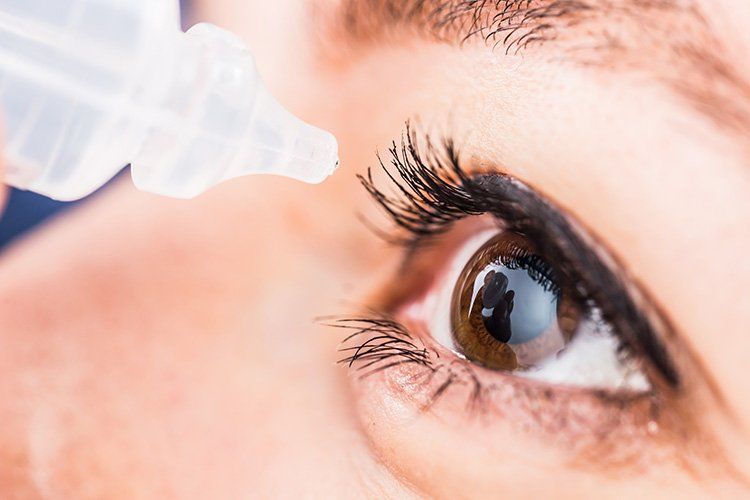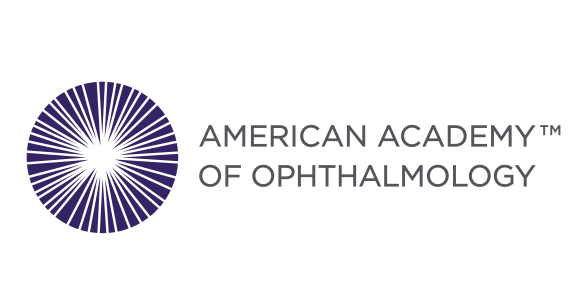Blog Post
Suffering From Dry Eyes? 5 Ways to Treat Them
- By
- •
- 12 Mar, 2018
- •
Chronically dry eyes affect not only your comfort but also your vision. And while many people don't pay much attention to the problems of having dry eyes, there are a number of things you and your optometrist can do to help make you more comfortable.
Here are five ways to treat your dry and uncomfortable eyes.

1. Adjust Your Environment
The air around you and the way you use your eyes can dry them out. If you live in a dry climate or work in a building that lacks good outside airflow, you may be able to add some humidity to your air and moisten your eyes. And air that blows on your face can naturally dry out your eyes. Adjust fans, drafts, and vents so that they aren't aimed at you.
When reading or working, give your eyes a rest with regular breaks. Be sure you are blinking often enough to keep your eyes lubricated.
2. Refresh Your Contacts
Contact wearers may have more problems with dry eyes than those who don't wear contacts. This is because the contact lens draws moisture from the eye to keep the contacts moist. But you can help minimize discomfort by changing your contacts as recommended by the manufacturer and your optometrist. Talk to your doctor about options such as daily or weekly contacts, which help keep the contacts fresher.
Be sure to clean the contacts according to your doctor's instructions and wash your hands before handling your contacts. If the problem persists, your doctor can check for other causes of your dry eyes or suggest different contact lens choices.
3. Check Your Overall Health
Certain unrelated medical issues or treatments can cause dry eye as a side effect. Check your medication labels to see if any of them can cause dry eyes. You may be able to adjust these medications or see if there are alternatives that don't have the same effect. Birth control pills, the normal aging process, and many allergy medications can all have this type of unintended side effect.
4. Use Tear Drops
Lubricating eye drops — generally referred to as artificial tears — serve to replace some of the lubricating function of tears. They often contain electrolytes to help soothe the surface of the eye and possibly an oil to help prevent evaporation. Tear drops are a handy aid for those who suffer from dry eye due to an allergy or a medication that they must take.
If you have sensitive eyes or use drops often, choose eye drops that don't have preservatives. These preservatives help keep the drops in the bottle safe, but they can cause irritation. If you have this problem, look for single-use drops instead of a full bottle.
5. Try a Plug
If you find yourself using tear drops too often or still have discomfort, talk to your optometrist about trying punctal plugs. Punctal plugs are inserted in the tear ducts in the corners of your eyes. They block unnecessary loss of your tear liquid and keep more of it in your eye to lubricate it.
Your doctor can start by testing temporary blocks using a procedure known as temporary punctal occlusion. She will use a plug that dissolves over time so that you can decide whether or not it helps your eyes. If you choose, a more permanent one can be inserted or you could have the duct cauterized.
If you suffer from dry eyes, you don't have to ignore the problem and live with the discomfort. There are many ways to treat this issue that range from simple home remedies to more permanent solutions. Talk with an experienced optometrist like Robert S. Haymond, MD today to start finding relief and better vision. Share
Tweet
Share
Mail
Browse Our Website

Contact Information
Business Hours
- Mon, Tue, Thu
- -
- Wed, Fri
- Appointment Only
- Sat - Sun
- Closed




Our Location
Contact Information
Business Hours
- Mon, Tue, Thu
- -
- Wed, Fri
- Appointment Only
- Sat - Sun
- Closed




Our Location
Content, including images, displayed on this website is protected by copyright laws. Downloading, republication, retransmission or reproduction of content on this website is strictly prohibited. Terms of Use
| Privacy Policy